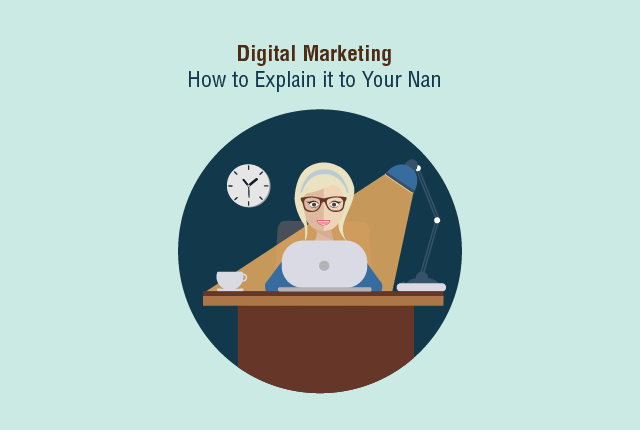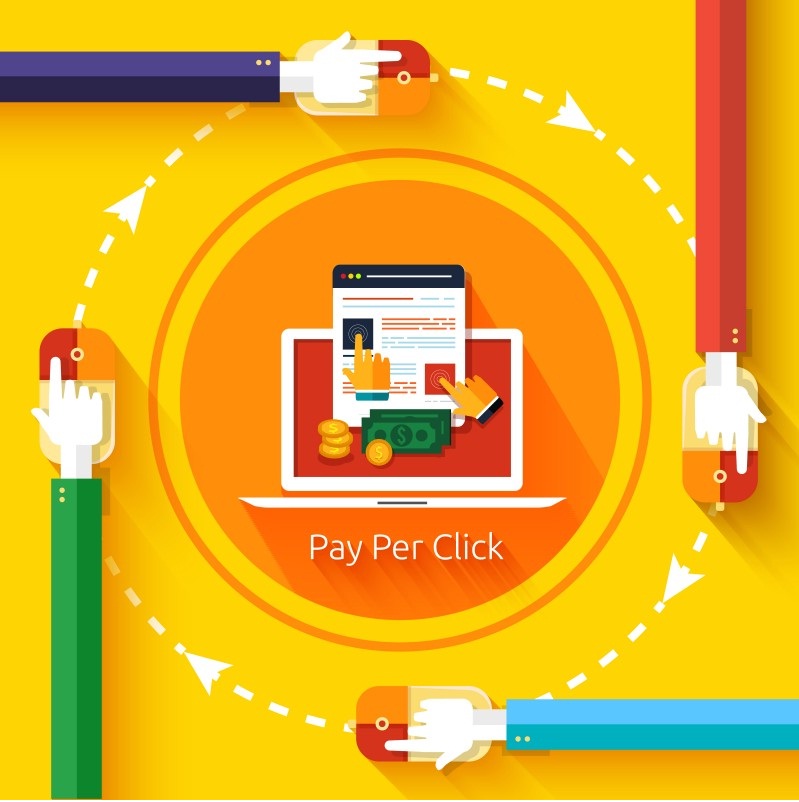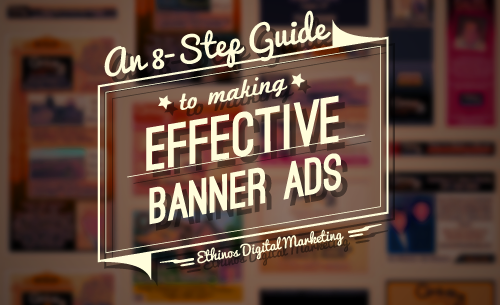
The History of PPC (Pay Per Click)
Search engine advertising has become a significant element of the web browsing experience. Choosing the right ads for the query and the order in which they are displayed greatly affects the probability that a user will see and click on each ad. Showing a user an ad that they prefer to click on not only improves user experience on the search engine but also has an impact on the revenue that the SE receives from the ads. Yet many of us may be unaware of how these ads came into being.
In February 1998, Jeffrey Brewer of Goto.com, a 25-employee start-up company (later Overture, that was purchased in 2003 by Yahoo!), presented a pay per click search engine proof-of-concept to the TED conference in California. Credit for the concept of the PPC model is generally given to Idealab and Goto.com founder Bill Gross. This presentation and the events that followed created the PPC advertising system.
The first monetization of Search Engine Results Pages (SERPs) began in the mid-90s in line with how the Yellow Pages sold their advertising inventory with a flat-fee directory listing. In October 2000, Google launched its AdWords program, allowing advertisers to create text ads for placement on the Google search engine. Google provided the ability to fine-tune ads in real-time, post new ads instantly, monitor ad statistics, and track inventory. However, PPC was only introduced in 2002; until then advertisements were charged at cost-per-day impression estimates. A transparent, auction based, pay-per-click model we now see in paid search has become a standard. In the early days, any advertiser was willing to pay the most per click would get secure the highest position for their ad on a SERP.
However, it became increasingly obvious that this wasn’t the most effective models as the engines could gladly charge an advertiser $1 for ad that got clicked 10% of the time versus a $5 ad that was clicked only 1% of the time. Google introduced Quality Score, in the mid-2000s, which was a major shift. Quality Score was a way to determine which ads should appear on the page (and in which order) based on various optimization factors – foremost of which were criteria that ensured the ads which generated the most revenue would get pushed to the top.
In 2010, Yahoo and Microsoft launched their combined effort against Google AdWords and Microsoft’s Bing began to be the search engine that Yahoo used to provide its search results. Since they joined forces, their PPC platform was renamed AdCenter. Their combined network of third party sites that allow AdCenter ads to populate banner and text ads on their site is called BingAds. These two together largely form the bulk in PPC as we know today.
Ankit Meena is a Digital Marketing Manager at Ethinos, helping clients with strategy and marketing activities



what do you think?